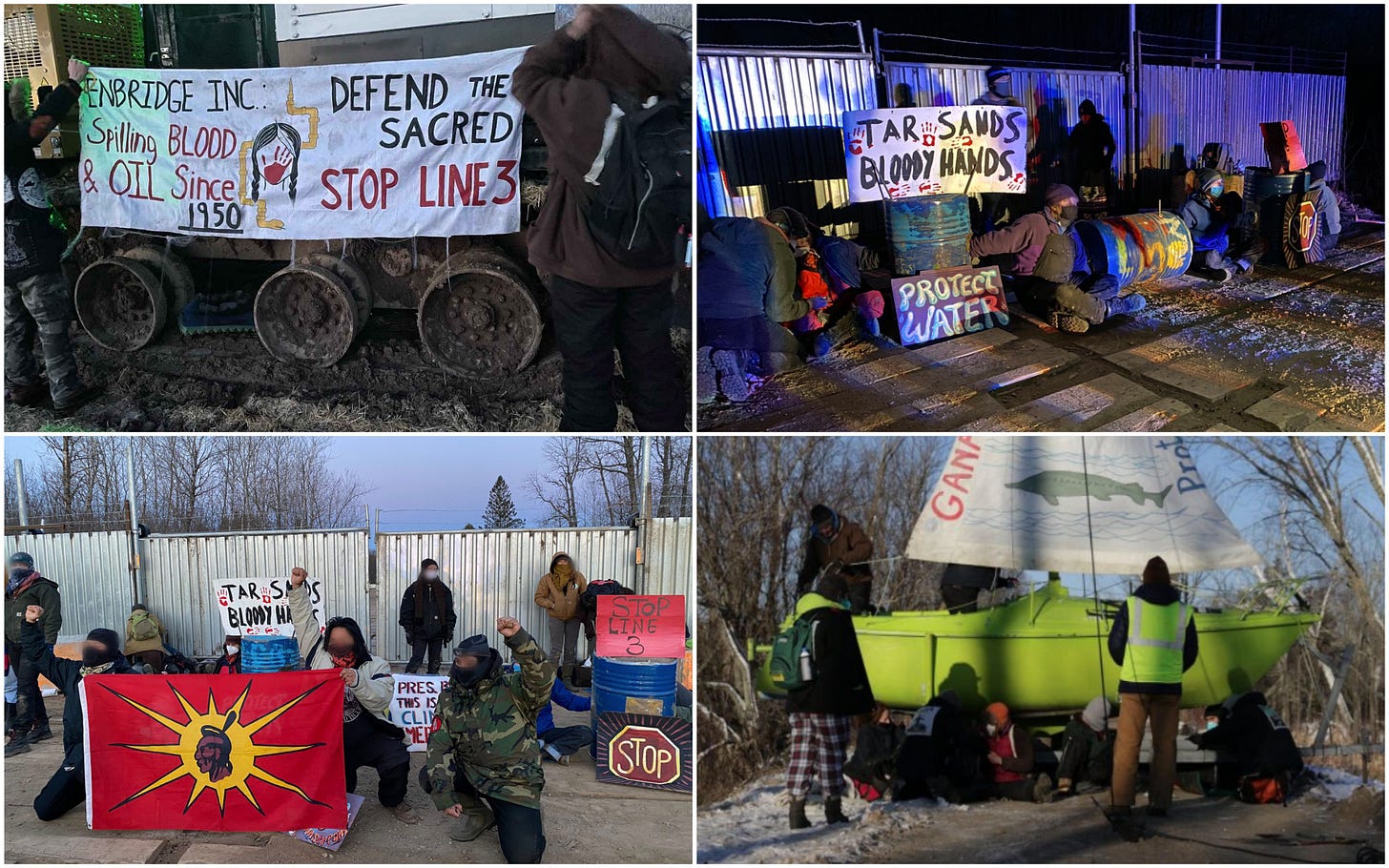The rationale for direct action
Opponents of Line 3 say the game was rigged from the start—and that putting their bodies on the line is the only option left to stop it.

VARIOUS PLACES, Northern Minnesota—Ever since Joe Biden became president, opponents of the Line 3 pipeline have been asking him to revoke or pause Enbr…

